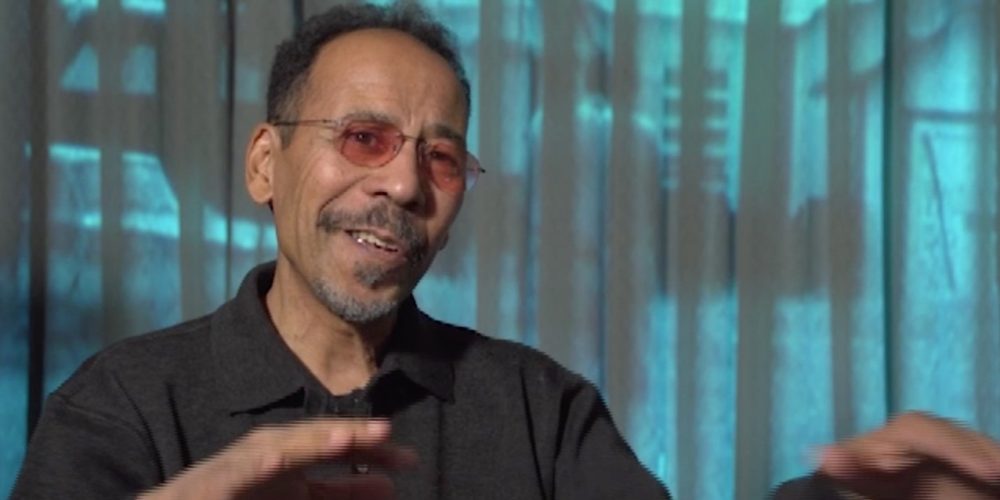
Assignment: Editing Historical Documentary – An exercise from SPIRITS OF REBELLION on the Watts Uprising of 1965
While the learning objectives afforded by this exercise could apply to many kinds of interview-based documentary forms, the content leads students to think through a watershed event in the history of black life in the United States, the uprising in protest of police violence, lack of infrastructure in predominantly black communities, redlining, and decaying public schools in Los Angeles in 1965, from the perspective of a black observer who went on to become a leading historian of the representation of blackness in American cinema.
This assignment “emphasizes active and experiential learning” by asking students to edit a scene from sources in tension with one another. Students must contend with the complexities of using archival news footage to illustrate this scene, given that the implicit bias of the white newscaster reading the interpretive text in 1965 is at odds with Guerrero’s sympathetic firsthand account. Working with this material also offers an opportunity for students to reflect on the power dynamics entailed in using words like “uprising” and “rebellion” instead of “riot” in interpreting such an event. In addition, the composer of the music drew from blues traditions to create the mood for the scene. Adding the music with proper rubber-banding of sound levels transforms its texture and transforms the significance of the burning buildings in Watts.
In short, making, screening and discussing the scene collectively at each stage along the way to completion (highlighting a transcript, creating selects, adding images and archival footage, optimizing interview sound, and then incorporating music) offers a range of opportune moments for conversations with students about relations among language, aesthetics, race, archives, and music in the formation of cinematic meaning and its social power. Finally, there is a feature film about the group of filmmakers from which this scene comes that might be used in another class session to provide broader context to the significance of this story for radical and experimental black arts and film movements of the late 1960s to the early 1990s. There is also a body of films made by this group of filmmakers that are accessible for free to university libraries and other non-profit institutions.
Access all assets here (for educational use only):
https://drive.google.com/drive/folders/1pr8x-71NjmQN5MmG-Pt69RrmPMJZSRYa?usp=sharing
If you have additional questions about the LA Rebellion film movement or the editing exercise, feel free to contact Zeinabu irene Davis at zeinabudavis@gmail.com or D. Andy Rice at riceda@miamioh.edu
Keywords: african-american, documentary, editing, interview, race

